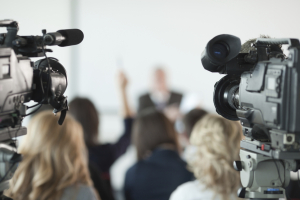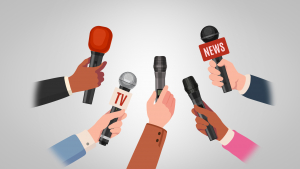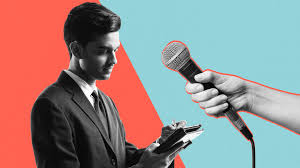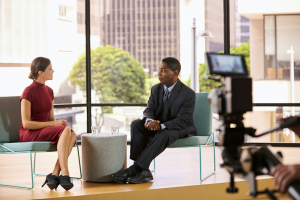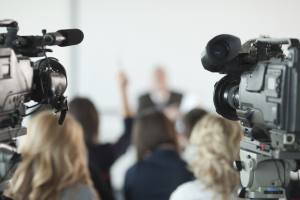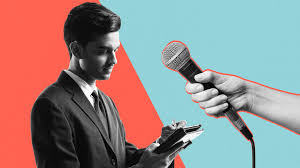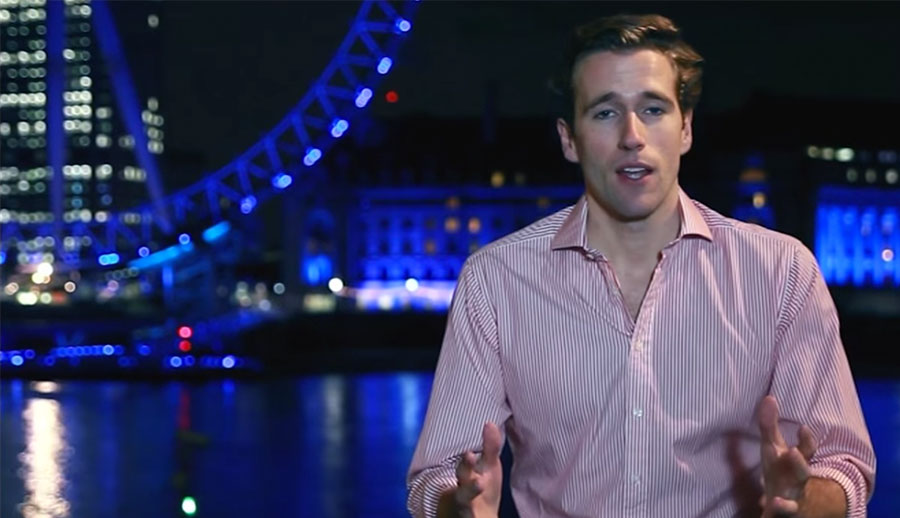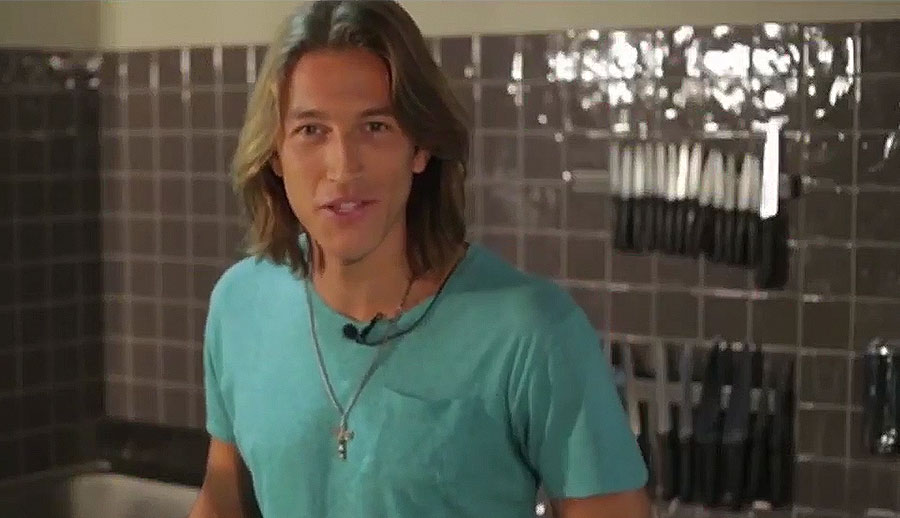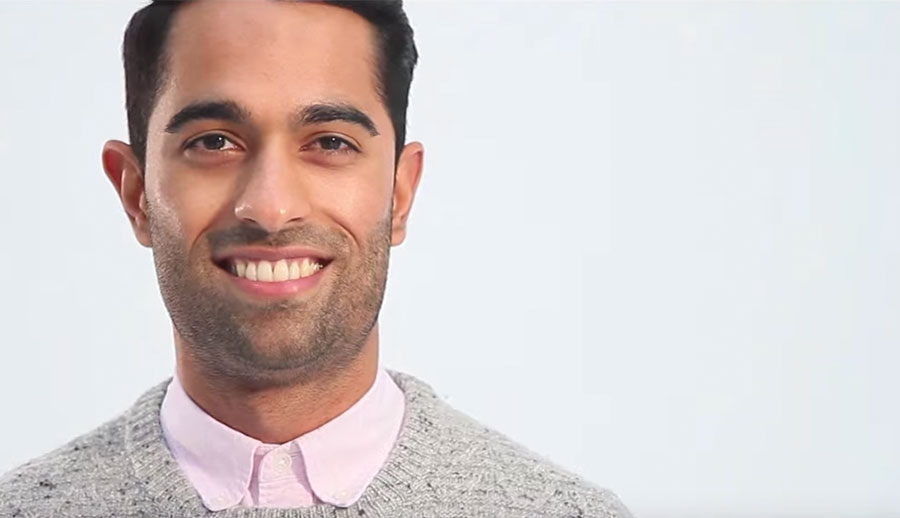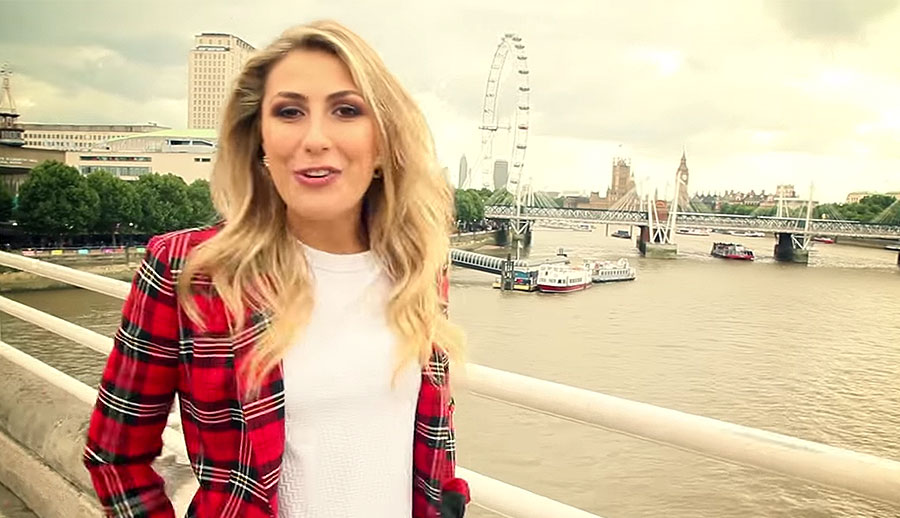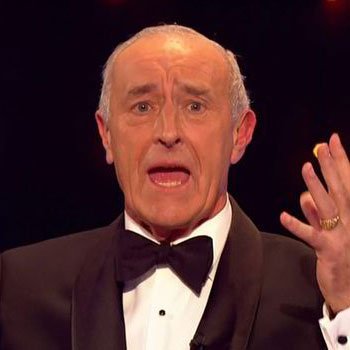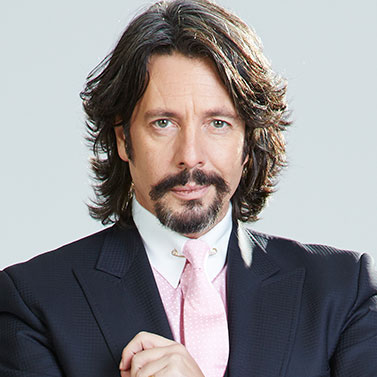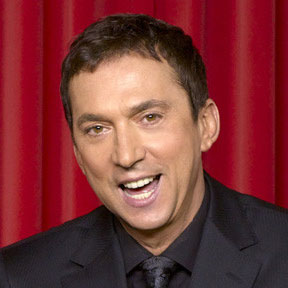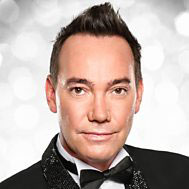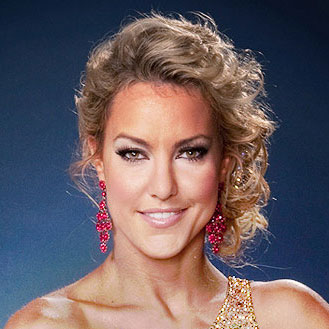-
.
-
1 To 1 Programme
- Tailor-made presenter coaching/filming on location, studio or both for presenters, influencers or business people to maximise your potential.
- Work with BAFTA winning Producers and BBC Talent Executives for the BBC, ITV, Channel 4 and top brands like ASOS, Amazon & Vogue.
- You’ll learn OUR secrets that have helped create TV’s and social media's biggest presenters.
- We are the ONLY presenter training company endorsed by TV agents and TV channels.
- Includes an initial consultation to discuss your needs, personal brand, how to market yourself and ideas for your filming day.
- Incredible success rate - 100% 5 star reviews. Amazing exclusive job and networking opportunities.
WHY WE’RE VOTED THE BEST
Displaying items by tag: media training course
Media Training for Business Leaders: How to Shine on Camera and Off
Media exposure is no longer the reserve of celebrities; business leaders must communicate effectively to shape perception and drive results.
Media training equips leaders to protect their brand, enhance credibility, and present with confidence in both public and virtual settings.
Key skills include handling difficult questions, speaking concisely and clearly, engaging audiences through storytelling, and mastering non-verbal communication.
Leaders should practice key messages, maintain eye contact with interviewers, and ensure that their delivery reflects both authority and authenticity.
With the right training, executives can navigate interviews, presentations, and on-camera appearances with confidence.
The Presenter Studio offers media training specifically designed for business leaders to build credibility and presence in all communication settings.
Why Media Training is Essential for Professionals
In today’s fast-paced media landscape, knowing how to communicate effectively on camera or in interviews is more important than ever. Whether you’re a business leader, spokesperson, or expert in your field, your ability to handle the media can shape your reputation.
Media training helps you master key skills, such as controlling your message, handling difficult questions, and speaking with confidence under pressure. It also teaches you how to look natural on camera and use body language to reinforce your words.
Without proper preparation, even the most knowledgeable professionals can appear nervous, evasive, or unconvincing. That’s why organisations invest in media training to protect their brand and ensure their people make a strong impression.
For more information on professional training, visit: https://www.presenterstudio.com/business-presenter-training/media-training
How Media Training Prepares You For Tough Questions
Difficult questions are inevitable in interviews, but how you respond defines your credibility. Media training prepares you to deal with these moments calmly and effectively. One strategy is to pause briefly before answering. This prevents rushed responses and gives you a chance to choose words carefully. Another technique is to acknowledge the question while steering towards your key message. For example, you can address concerns directly but then explain the positive actions your business is taking. Training also helps you avoid common pitfalls such as speculation, jargon, or defensive reactions. Practising under pressure makes it easier to stay composed when cameras are rolling. Most importantly, media training shows you how to remain authentic, so your responses build trust rather than raise suspicion. These skills are essential for protecting your reputation and turning a challenging moment into an opportunity.
For tailored training programmes that prepare you for every interview visit https://www.presenterstudio.com/business-presenter-training/media-training
Why Media Training Is Essential For Business Leaders
In today’s fast-moving media landscape, interviews and press opportunities can make or break a reputation. Media training equips business leaders with the skills to handle these situations with confidence. It is not enough to know your subject matter. You also need to know how to deliver your message in a way that is clear, concise, and memorable. Media training teaches you to stay on message even under pressure, to respond to difficult questions with authority, and to project credibility in every appearance. The ability to manage tone, body language, and soundbites ensures that your audience remembers the key points you want to highlight rather than being distracted by nerves or missteps. For leaders looking to strengthen their brand and protect their organisation’s reputation, media training has become an essential tool rather than a luxury.
For more information on professional coaching visit https://www.presenterstudio.com/business-presenter-training/media-training
The Biggest Mistake People Make in Media Interviews
If there’s one mistake people consistently make in media interviews, it’s this: they forget their message.
Under pressure, it’s easy to go off on a tangent, give long-winded answers, or try to say too much. But the most successful interviews are the ones where the speaker is focused, clear, and in control of what they want the audience to remember.
That’s where media training comes in. It helps you identify your key messages — the core points you want to land — and shows you how to weave them naturally into conversation. No matter what question you’re asked, you’ll learn how to bridge back to what matters.
This doesn’t mean ignoring the question. It means answering it in a way that still delivers value to your audience and reinforces your message. It’s about balance — being authentic while staying strategic.
So if you’re ever in a situation where you need to represent yourself or your company in the media, remember this: preparation beats improvisation. Know your message, practise your delivery, and you’ll come across as confident and credible.
For more information about our training programmes visit: https://www.presenterstudio.com/business-presenter-training/media-training
Why Media Training Is Essential for Modern Professionals
In today’s fast-moving digital world, the media can be your greatest opportunity — or your biggest risk. That’s why media training is no longer just for celebrities or politicians. It’s a vital skill for anyone representing a brand or business.
When you're being interviewed, how you say something matters just as much as what you say. Media training helps you learn how to deliver your message clearly, confidently, and with purpose — whether it's on camera, in print, or across social media.
It also prepares you for pressure. Interviews can be unpredictable, and without the right tools, it’s easy to get thrown off track. Media training teaches you how to stay calm, avoid being misquoted, and handle difficult questions with professionalism.
Most importantly, it helps you speak like a real person. Audiences connect with authenticity — not jargon or rehearsed statements. Great media interviews feel conversational, natural, and honest.
If you're a business leader, spokesperson, or expert in your field, media training should be part of your professional toolkit. It's about protecting your brand, owning your story, and making your voice count.
For more information about our training programmes visit: https://www.presenterstudio.com/business-presenter-training/media-training
Use Silence to Speak with Impact - Media Interview Techniques
Why Energy Matters in Media Interviews - Media Training Tips
When it comes to media training, people often focus on what they say. But how you say it is just as important. And that’s where energy comes in.
Energy isn’t about being loud or over the top—it’s about showing that you care. When your voice has life, your eyes are engaged, and you’re actively involved in the conversation, the audience is far more likely to trust and believe you.
TV and radio have a way of flattening everything. So the energy you feel on the inside often doesn’t come across unless you deliberately turn it up a notch. That’s why media training sessions often feel like performance coaching. You need to lift your delivery, bring pace and contrast, and make sure your enthusiasm shines through.
This is especially true if the topic is serious or technical. Energy is what cuts through. It makes people want to listen. And crucially, it makes you feel more confident too.
So next time you’re prepping for an interview, don’t just script your message. Rehearse how you’re going to deliver it—with the energy it deserves.
For more information about our training programmes visit:
https://www.presenterstudio.com/business-presenter-training/media-training
Media Training - Wear Something That Reflects the Tone and Feel of Your Brand
In media appearances, how you look matters – not just in terms of style, but in terms of story. Your clothes send a message. They say something before you’ve even opened your mouth. So what are they saying about your brand?
At The Presenter Studio, one of the first things we ask clients is: Does what you’re wearing reflect the tone and feel of your business? For example, if you’re a relaxed, creative founder, a stiff suit might make you look out of step with your brand identity. Equally, if you’re representing a high-end corporate firm, a casual t-shirt might feel off-brand or unprepared.
Your appearance should support – not contradict – your message. It’s not about fashion. It’s about consistency. Colour, texture, formality, accessories – all these elements help create a visual impression that needs to align with how you want to be perceived.
And it’s not just about the brand. It’s about you, too. You need to feel comfortable and confident. Clothes that feel unfamiliar or awkward will impact how you move, how you sit, how you speak. The best on-camera looks are those that make you feel like the best version of yourself.
In our media training at The Presenter Studio, we offer advice not just on performance, but on styling – what works on camera, what to avoid, and how to find the sweet spot between your brand and your personality. Whether it’s a big studio interview or a social media video, we help you look the part and own the room.
To find out more about how we can prepare you for success in the spotlight, head to: https://www.presenterstudio.com/business-presenter-training/media-training
Media Training - Prepare Your Key Messages and Cut the Waffle
One of the biggest mistakes people make in interviews – whether on TV, radio or online – is trying to say too much. In an effort to be thorough, they waffle. They lose focus. And ultimately, their main point gets lost in a sea of words.
That’s why a cornerstone of great media training at The Presenter Studio is helping clients identify and deliver their key messages. What do you want your audience to remember? What is the one thing you'd say if you only had 20 seconds?
The media doesn’t give you long. A live radio interview might last five minutes, a TV clip might be just 30 seconds. So your job is to edit yourself – to go in prepared with sharp, relevant, and memorable points.
Think of it like packing for a short trip: only take what you absolutely need. The rest is just extra weight. Great communicators don’t ramble – they distil.
To get started, write down three things you want your audience to remember. Then practise saying each one in a single sentence. That’s your foundation. From there, you can add supporting examples, stats or stories if time allows – but you’ve already done the hard part.
Our media training sessions at The Presenter Studio are designed to sharpen your message and help you deliver it with clarity and confidence. We simulate real media environments, offer tailored feedback, and help you learn to stay on track under pressure.
To make your message cut through, visit our media training page and see how we can help: https://www.presenterstudio.com/business-presenter-training/media-training
-
Watch Our Amazing Talent Taster Tapes
Talent Taster Tapes
We are the ONLY company to give you an industry recognised showreel.
That’s because we are the ONLY company to brand and market you for the genre of TV you are suited to.
In TV we call showreels 'Talent Taster Tapes' - and with us, that's what you'll get.
-
Optional Extras


